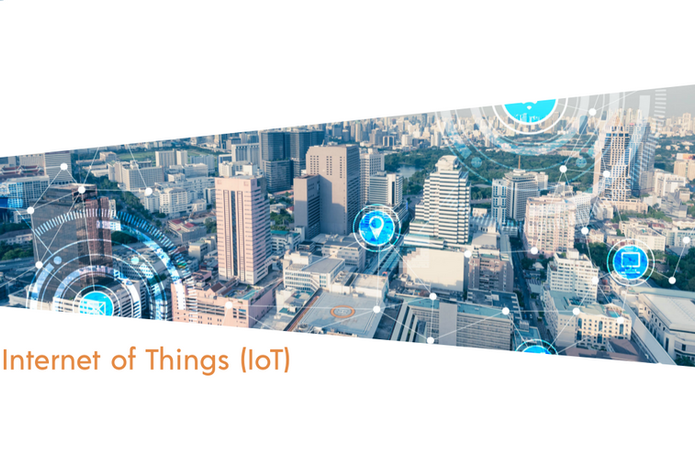

Digitally
Transform your Operations
smaRTE
STOCK

Accurate, high-speed stock counting, tracking, and tracing to improve stock replenishment, while reducing unnecessary manual counting, shrinkage, and high safety stock levels costs.
READ MORE
BLE TECHNOLOGY
WHAT IS BLE
Bluetooth Low Energy (BLE) is based on Bluetooth, was released in 2010, and is also referred to as "Bluetooth Smart". It is an active, radio-frequency technology for wireless communication that can be leveraged to detect and track the live location of people, items, and assets for many indoor positioning use cases. Additionally, it can also be used to track the direction of movement in real-time.
HOW DOES IT WORK
1. Detecting live locations
BLE operates best between 0 - 25m but can operate up to 100m. The release of Bluetooth 5.1, and its new direction-finding features, have made it possible for BLE to determine location with accuracy at the sub-meter level. This is due to the new ability to calculate the direction of a Bluetooth power signal via Angle of Arrival (AoA), which is used along with detected signal strength (RSSI) to determine and track the location of devices and assets and deliver enhanced precision.
2. Detecting real-time direction of movement
To be able to find direction, a mobile BLE-transmitting item, such as a tag or beacon with a single antenna, transmits to a fixed-position BLE gateway with a multi-antenna array. The phase shift of the multiple antennas, as a result of receiving the signal, is measured to determine the angle of approach of the transmitting mobile tag or beacon. Combined with RSSI, the AoA is used to generate device coordinates to <1m accuracy, together with direction of movement.
WHEN SHOULD YOU CONSIDER BLE
If you have a requirement to monitor and track the real-time position and movement of indoor items to within 1m accuracy, such as high-value assets and tools, people, job trays, and vehicles, then you should consider investing in BLE technology.
Also see: Ultra-Wide Band (UWB) Technology
smaRTE Solutions using BLE:
smaRTE Assets
Real-time and accurate tracking, tracing and monitoring of the health of your key operational assets to optimise asset utilisation, maximise uptime and reliability, which ultimately also maximises your asset investment.
Examples of operational applications for BLE technology:
-
Job Tracking in Manufacturing or Assembly - Attaching BLE tags to job trays as they move through a production or assembly line in manufacturing.
-
Valuable Item Tracking in Smart Buildings/Cities - Tracking high-value items (eg. boxes of diamonds, valuable artwork etc) within an operational environment or smart building/city environment to optimise production and/or reduce risk.
-
Indoor Vehicle Tracking in automotive - Real-time tracking and stock counting of vehicles in a vehicle sales warehouse or truck yard.
-
People Tracking for Health & Safety in Smart Buildings/Cities - Ensuring all people are accounted for during an evacuation or quickly locating an injured staff member during an emergency when the panic button on a BLE tag is pressed.







